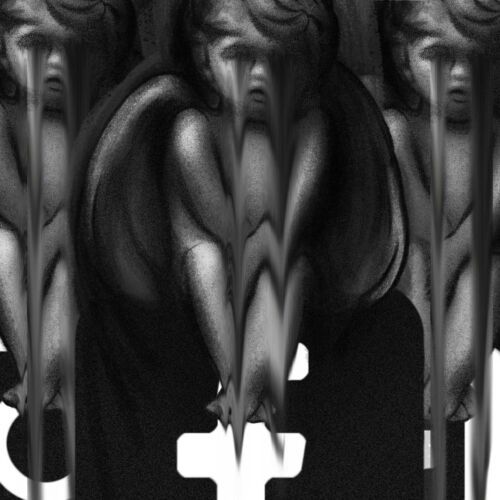The Changpa people, goats and cashmere and China’s rivalry with India
For centuries, the semi-nomadic Changpa people have raised Pashmina goats at altitudes above 5,000 metres in the mountains of the Himalayan region of Ladakh. The soft undercoat of these goats is renowned for its exceptional warmth and lightness. From Pashmina’s cashmere wool – ‘soft gold’ – artisans in the Kashmir Basin weave shimmering shawls, garments and blankets on wooden looms. However, the recent creation of buffer zones around the Ladakh region’s India-China border, intended to de-escalate tensions between China and India, has deprived the Changpas of valuable grazing land. “Almost all our winter pastures are now in the newly agreed buffer zones,” – says Konchok Stanzin, a local government representative.
India and China share a disputed border of nearly 3,400 km that has not been mapped or marked on difficult mountainous and glacial terrain. After several conflicts and many bloody skirmishes over the past few decades, Chinese and Indian border troops continue to assert territorial claims, patrolling the area up to the declared border line. Sometimes this ends in clashes with sticks, stones, clubs and even bare fists.
Meanwhile, on the Asian Pacific coast, North Korea has announced plans to build even more powerful intercontinental ballistic missiles and expand its nuclear arsenal. Last December, the Korean regime announced that it would launch its first spy satellite into orbit. There is also concern that work is nearing completion on North Korea’s first submarine capable of launching long-range missiles.























